Umbraco 8: New Multilingual Features
If you had the chance to build a multilingual website on an older version of Umbraco, or even if you researched the possibility of doing so, you likely noticed that the tool has some challenges. For example, I remember that a recommended workflow for Umbraco 7 was to clone the entire English website for each language, then introduce the translations on each site independently. This approach led to other challenges during the maintenance phase.
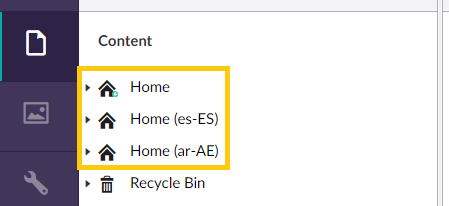
Umbraco 8 introduces significant changes to the localization workflow. One of the best new features with this latest version is the Language Variants. This function allows you to have variants of the same content, yet all under the same project. Essentially, you can open a page and, if it has variants enabled, you will see the option to switch the language and view/input the translated content.
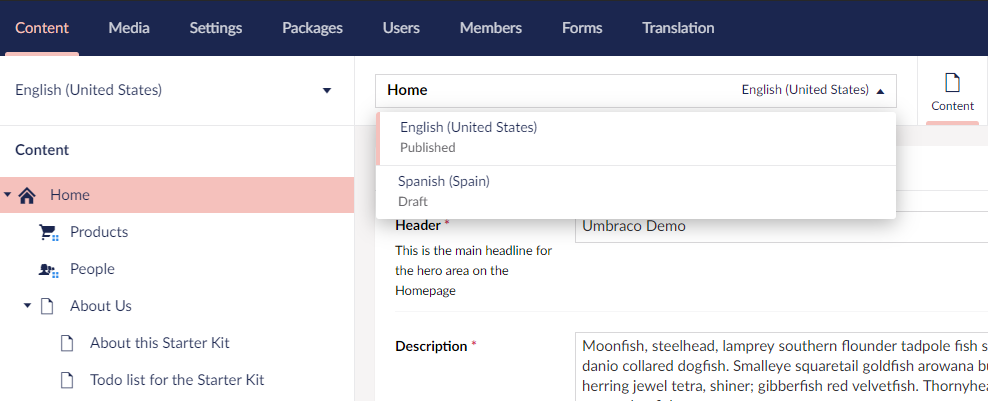
An added benefit to this feature is that it can be configured in a granular way – i.e. you can define which document type allows Language Variants or not.
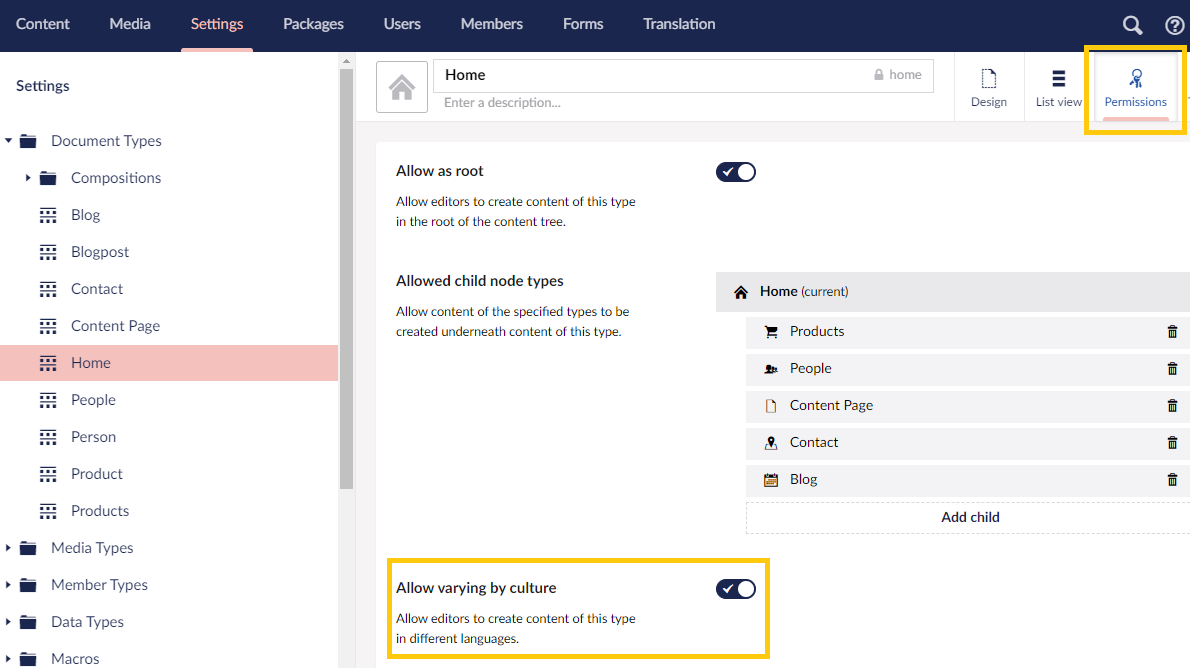
Additionally, you can define if a field from a given document type allows Language Variants or not. This feature is beneficial for instances in which a universal field value is needed across all languages. In this particular case, language variants should be disabled for that field.
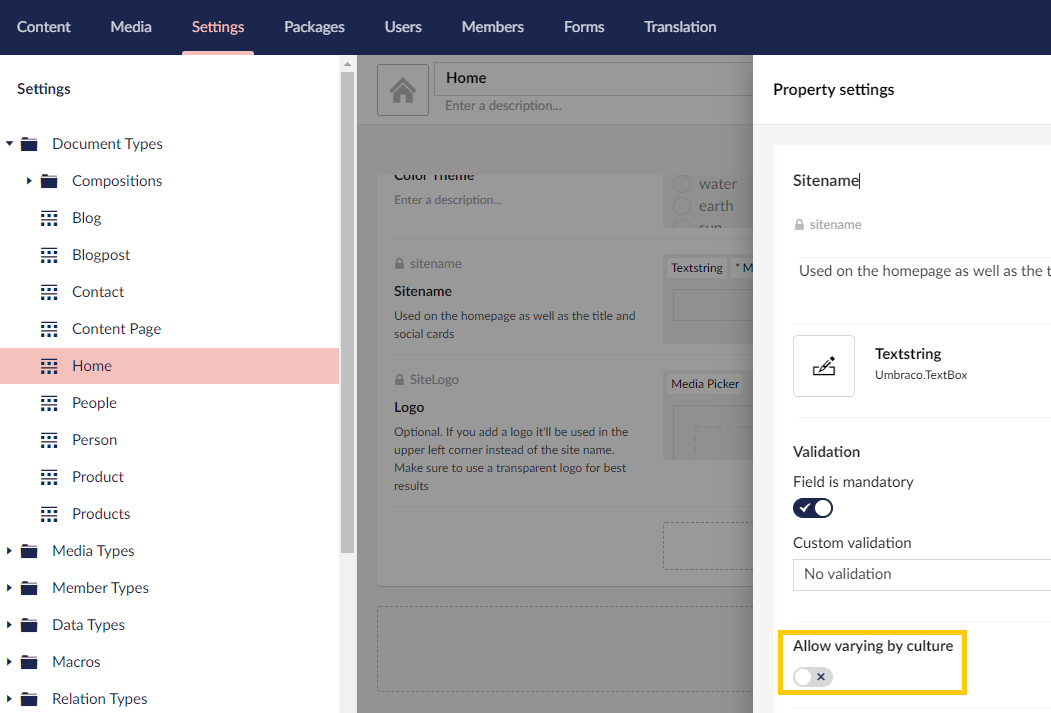
Another great feature related to localization, is the ability to enable or disable languages. This allows you to determine which language is the default and establish fallbacks (substitution words if no data is present) for each language. You can also define if a language is mandatory, meaning that a content node cannot be published unless it has content for the given language.
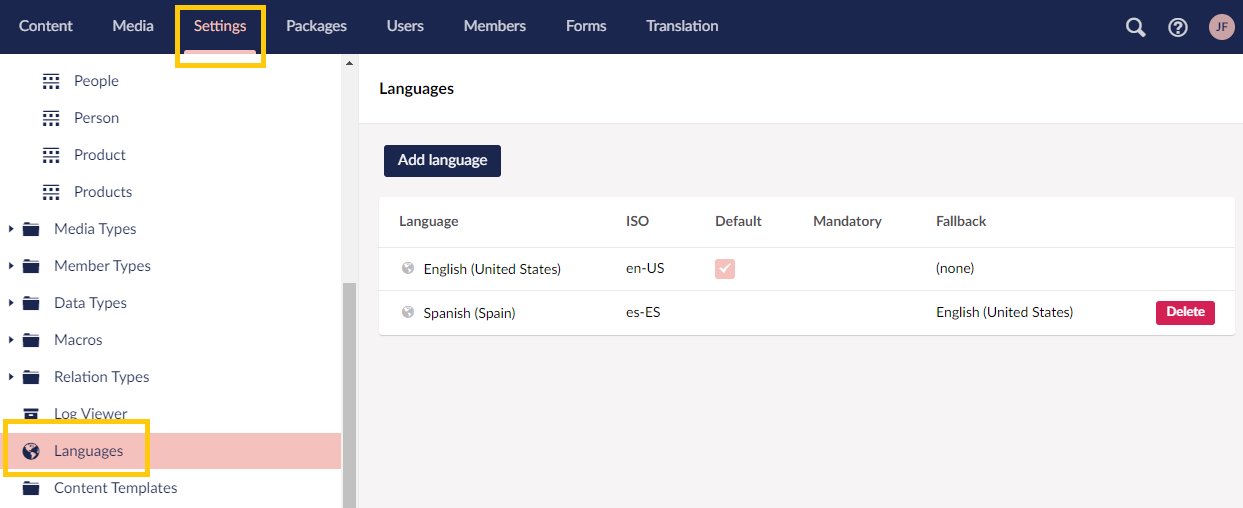
Finally, let me touch on a wonderful feature for developers. I am happy to say that there were many improvements for developers with version 8. In terms of localization, one of the best additions is the Language files for packages. This allows you to build multilingual extensions by adding different XML files for each language, including the corresponding translations for each text.
Conclusion:
Umbraco 8 added a lot of new features that create enhanced workflows for constructing multilingual websites. If you are currently using an older version of Umbraco or contemplating a multilingual website, you will greatly enjoy all of these new features that Umbraco 8 has to offer.
